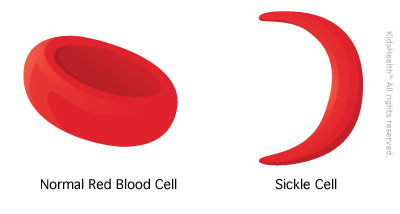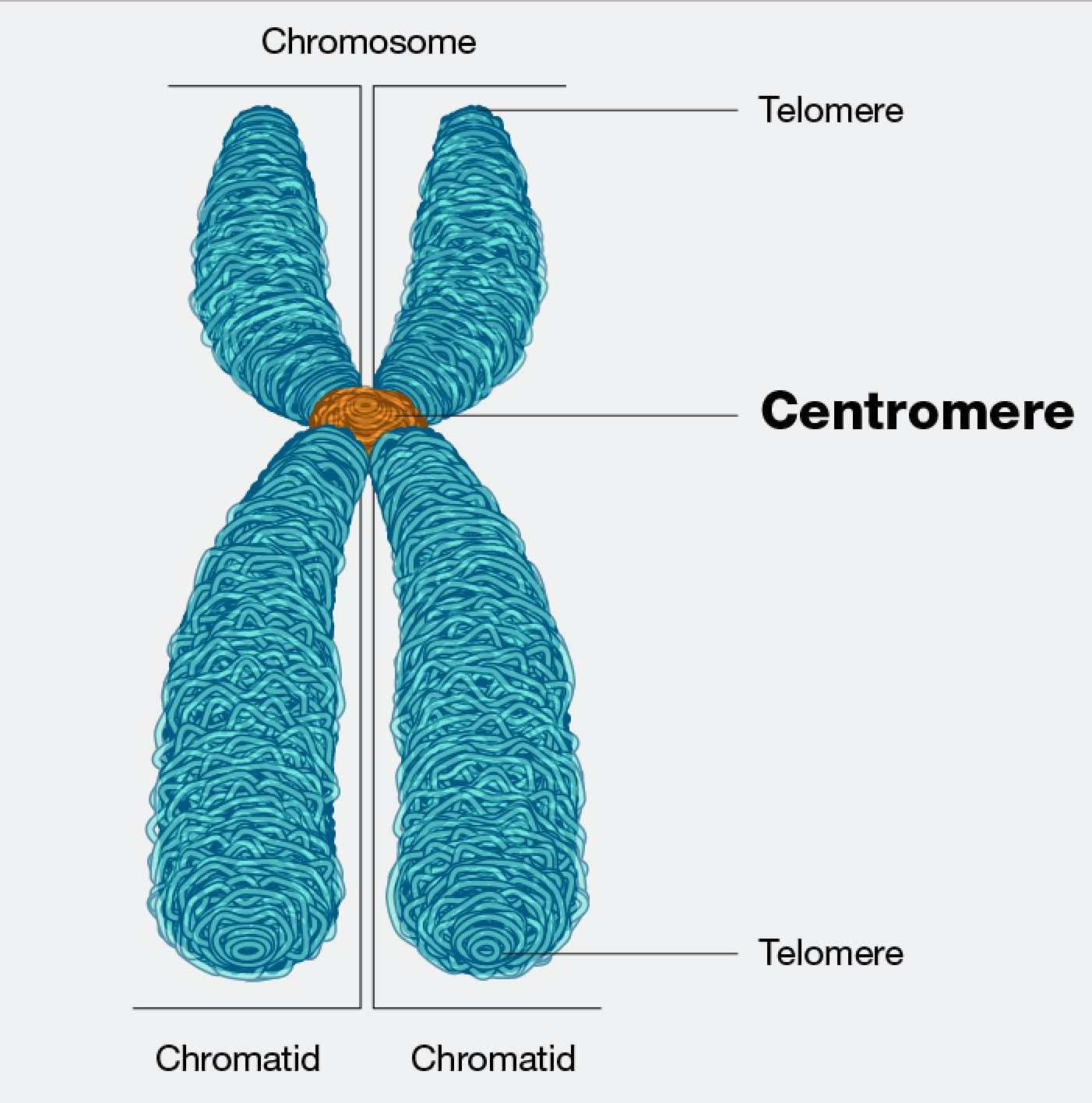Chapter 3, Genetics - SL Bio
0.0(0)
0.0(0)
Card Sorting
1/41
Earn XP
Description and Tags
Study Analytics
Name | Mastery | Learn | Test | Matching | Spaced |
|---|
No study sessions yet.
42 Terms
1
New cards
DNA
(Deoxyribonucleic acid,) the substance that codes for and determines the characteristics of an organism
2
New cards
Chromosome
structures that organise DNA
3
New cards
Genes
segments of DNA that code for particular traits
4
New cards
Locus
location of a gene (plural: loci)
5
New cards
Alleles
Different versions of a gene that code for different variations of one trait
* For example, the eye colour gene has alleles that code for different eye colours and shades
* As they are forms of one gene, they are very similar. Alleles only differ from each other by one or a few bases
* For example, the eye colour gene has alleles that code for different eye colours and shades
* As they are forms of one gene, they are very similar. Alleles only differ from each other by one or a few bases
6
New cards
Mutation
Change in a gene
7
New cards
Sickle Cell Anaemia
* Disease causing red blood cells to become hard, sticky, and look like a C-shaped structure called a “sickle”
* Makes haemoglobin levels become clinically low
* Caused by a mutation, specifically the 6th codon for the beta chain of haemoglobin
* Makes haemoglobin levels become clinically low
* Caused by a mutation, specifically the 6th codon for the beta chain of haemoglobin

8
New cards
Genome
All the genetic information a cell, organism, or organelle has
9
New cards
Human genome consists of:
* 46 chromosomes (including 2 sex chromosomes)
* \~3 billion base pairs
* \~21,000 genes
* \~3 billion base pairs
* \~21,000 genes
10
New cards
Point mutations are and may involve:
Changes to a base of DNA code
* The *substitution* of a base (e.g. A**T**G becomes A**C**G)
* The *insertion* of a base (e.g. ATG becomes AT**C**G)
* The *deletion* of a base (e.g. A**T**G becomes AG)
* The *inversion* of bases (e.g. A**TG** becomes A**GT**)
* The *substitution* of a base (e.g. A**T**G becomes A**C**G)
* The *insertion* of a base (e.g. ATG becomes AT**C**G)
* The *deletion* of a base (e.g. A**T**G becomes AG)
* The *inversion* of bases (e.g. A**TG** becomes A**GT**)
11
New cards
Nucleoid
region in the cytoplasm where a prokaryote’s DNA is found
12
New cards
Prokaryote DNA
* One chromosome in the nucleoid called a “genophore”
* Circular DNA molecule (genophore)
* DNA is “naked” as the nucleoid is membrane-less
* Circular DNA molecule (genophore)
* DNA is “naked” as the nucleoid is membrane-less
13
New cards
Plasmid
Additional circular DNA the prokaryote may have, not present in eukaryotes, can self-replicate
14
New cards
Organisation of eukaryotic chromosomes
* DNA is compacted with eight histone proteins to form a structure called a *nucleosome*
* Nucleosomes are joined by an additional histone protein (H1 histone) to form a string of *chromatosomes*
* These then coil to form a *solenoid structure* (\~6 chromatosomes per turn) which is condensed to form a *30 nm (nanometer) fibre*
* These fibres then form loops, which are compressed and folded around a protein scaffold to form *chromatin*
* Chromatin will then supercoil during cell division to form *chromosomes* that are visible (when stained) under microscope
* Nucleosomes are joined by an additional histone protein (H1 histone) to form a string of *chromatosomes*
* These then coil to form a *solenoid structure* (\~6 chromatosomes per turn) which is condensed to form a *30 nm (nanometer) fibre*
* These fibres then form loops, which are compressed and folded around a protein scaffold to form *chromatin*
* Chromatin will then supercoil during cell division to form *chromosomes* that are visible (when stained) under microscope
15
New cards
Chromatin
Mixture of DNA, RNA, and proteins that form eukaryote chromosomes
16
New cards
Centromere
A constricted region on the chromosome that divides the chromosome into 2 sections (or “arms”) The shorter section is called the p arm and the longer section is called the q arm

17
New cards
Identifying loci (gene locations)
* The first reference is a number (or letter) which denotes the chromosome (e.g. **7**q31 refers to chromosome 7)
* The second reference is a letter (p or q) to denote which arm the locus is positioned on (e.g. 7**q**31 is on the q arm)
* The third reference is a number corresponding to the G band location (e.g. 7q**31** is at the longitudinal position 31)
* The second reference is a letter (p or q) to denote which arm the locus is positioned on (e.g. 7**q**31 is on the q arm)
* The third reference is a number corresponding to the G band location (e.g. 7q**31** is at the longitudinal position 31)
18
New cards
Homologous Chromosomes
Maternal and paternal chromosome pairs inherited from parents
19
New cards
Homologous Chromosomes share:
* The same structural features (e.g. same size, same banding patterns, same centromere positions)
* The same genes at the same loci positions (while the genes are the same, alleles may be different)
* The same genes at the same loci positions (while the genes are the same, alleles may be different)
20
New cards
Diploid
* Cell containing 2 complete sets of chromosomes (one from each parent), for example, a zygote
* All somatic (body) cells in the organism will be diploid, with new diploid cells created via mitosis
* Diploid cells are present in most animals and many plants
* All somatic (body) cells in the organism will be diploid, with new diploid cells created via mitosis
* Diploid cells are present in most animals and many plants
21
New cards
Haploid
* Cells containing only one set of chromosomes
* All sex cells (gametes) in the organism will be haploid, and are derived from diploid cells via meiosis
* Haploid cells are also present in bacteria (asexual) and fungi (except when reproducing)
* All sex cells (gametes) in the organism will be haploid, and are derived from diploid cells via meiosis
* Haploid cells are also present in bacteria (asexual) and fungi (except when reproducing)
22
New cards
Diploids have…
46 chromosomes, 23 pairs
23
New cards
Haploids have…
23 chromosomes
24
New cards
Autosome
Any chromosome that is not a sex chromosome, most eukaryotes have 22 pairs of autosomes, control all traits not linked to sex
25
New cards
Sex Chromosome
* Chromosomes determining sex, XX in women, XY in men
* Most eukaryotes have 2 pairs
* The sex chromosomes are homologous in females (XX) but are **not** homologous in males (XY)
* Most eukaryotes have 2 pairs
* The sex chromosomes are homologous in females (XX) but are **not** homologous in males (XY)
26
New cards
Gametes
* Sex cells: egg, sperm
* Contain one copy of sex chromosomes
* Contain 22 autosomes and 1 sex chromosome
* Contain one copy of sex chromosomes
* Contain 22 autosomes and 1 sex chromosome
27
New cards
Heterosomes
Synonym for sex chromosomes
28
New cards
Y Chromosome…
* Contains the genes for developing male sex characteristics
* The father is always responsible for determining the sex of the offspring:
* If the male sperm contains an X chromosome, the growing embryo will develop into a girl
* If the male sperm contains a Y chromosome, the growing embryo will develop into a boy
* The father is always responsible for determining the sex of the offspring:
* If the male sperm contains an X chromosome, the growing embryo will develop into a girl
* If the male sperm contains a Y chromosome, the growing embryo will develop into a boy
29
New cards
Female egg…
In all cases contains an X chromosome (as the mother is XX)
30
New cards
Karyotype
The number and types of chromosomes in an organism
31
New cards
Karyogram
Visual representation of chromosomes in an organism, chromosomes are photographed and stained to form this
32
New cards
Karyotyping is used to…
* Determine the gender of the unborn child (via identification of the sex chromosomes)
* Test for chromosomal abnormalities (e.g. aneuploidies or translocations)
* Test for chromosomal abnormalities (e.g. aneuploidies or translocations)
33
New cards
Down Syndrome
* Condition where the individual has three copies of chromosome 21
* It is caused by the failure of chromosomes to separate in one of the parental gametes
* The extra genetic material causes mental and physical delays in the way the child develops
* It is caused by the failure of chromosomes to separate in one of the parental gametes
* The extra genetic material causes mental and physical delays in the way the child develops
34
New cards
Vitro Autoradiography
* Method used to visualise chromosomes with photographs
* Better method of measuring chromosome length than using condensed chromosomes during mitosis (due to supercoiling)
* Better method of measuring chromosome length than using condensed chromosomes during mitosis (due to supercoiling)
35
New cards
Organisms with different diploid numbers…
are less likely to be able to reproduce (can’t form homologous pairs in zygotes
* In cases where different species do interbreed, offspring are usually infertile (cannot form functional gametes)
* In cases where different species do interbreed, offspring are usually infertile (cannot form functional gametes)
36
New cards
Chromosome number does not…
provide a valid indication of genetic complexity
* Tomatoes have 24 chromosomes and possess around 32,000 genes
* Chickens have 78 chromosomes but possess only around 17,000 genes
* Tomatoes have 24 chromosomes and possess around 32,000 genes
* Chickens have 78 chromosomes but possess only around 17,000 genes
37
New cards
Genome size does not…
provide a valid indication of genetic complexity
38
New cards
Viruses’ and bacteria’s genomes…
tend to be very small
39
New cards
Prokaryotes’ genomes…
tend to be smaller than eukaryotes’ genomes
40
New cards
Mutagen
Something causing a mutation, can be a substance or radiation, for example
41
New cards
Meiosis
Process by which sex cells (gametes) are made in the reproductive organs
42
New cards